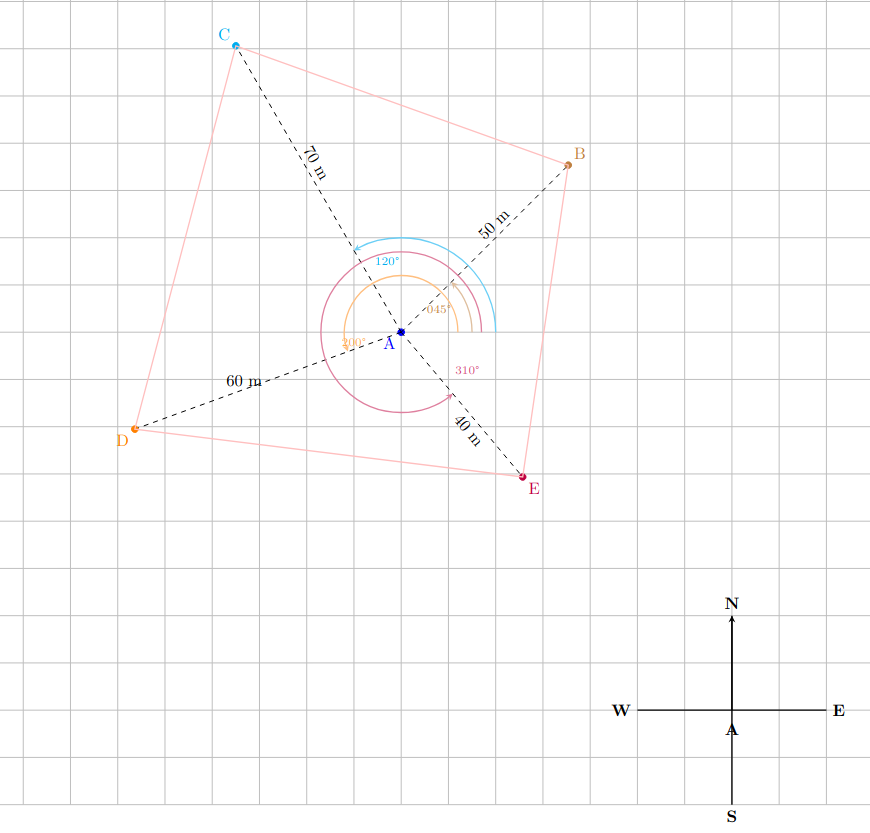Activity 4.2.1.
Work in groups
You are required to identify directions using compass points (e.g North, East, e.t.c) and relate them to real landmarks around the school.
Materials needed
A simple handheld compass, clipboards or drawing paper, pencils or pens, a basic sketch map of the school grounds (or blank paper to create one).
-
Set a Reference Point: Choose a central feature like the school flagpole or assembly ground. This will be the reference for all directional observations.
-
Mark Cardinal Points: Students stand at the reference point. Use the compass to find and mark True North Identify and sketch the \(8\) main compass directions (N, NE, E, SE, etc.)
-
Observe and Record Compass Bearings: From the reference point, each group chooses 3 visible features (e.g. gate, staffroom, classroom door). For each feature, describe the direction using compass points (e.g. "The gate is SE of the flagpole").
-
Map It Out: Sketch a simple compass rose and map out the features in their corresponding directions.
-
Discuss your findings with other learners. How could compass directions help you give directions without using distances?

